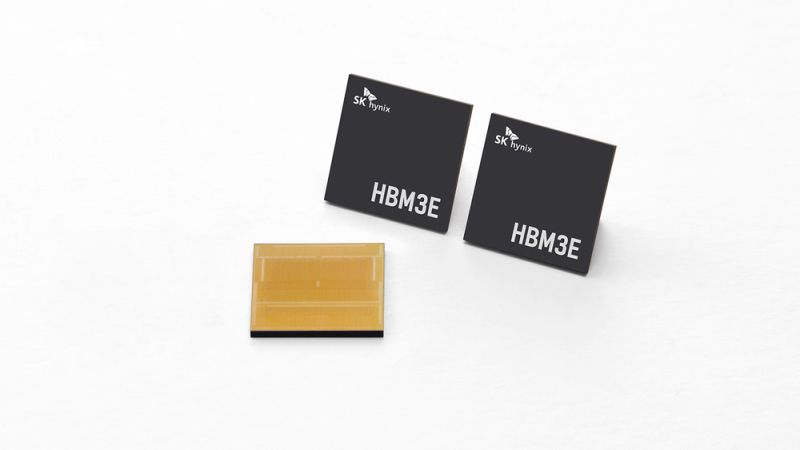It is no secret that the South Korean company SK hynix is the leader in the HBM memory market, controlling approximately half of the segment and overtaking the nominally larger memory manufacturer Samsung. At the end of the last quarter, SK hynix’s operating profit increased to its highest level in six years and replaced the operating losses observed a year ago.

Image Source: SK Hynix
SK hynix’s revenue last quarter was slightly higher than analysts’ expectations, reaching $11.86 billion in current exchange rates, up 124.7% year over year and 32% sequentially. The company’s management explains the last part of the dynamics by the high demand for HBM type memory and the continuing upward trend in prices for memory chips in general. Directly in the HBM direction, the company increased revenue by more than 250%.
The company’s operating income in the second quarter reached $3.96 billion, which marked the third consecutive quarter without losses for SK hynix, which persisted throughout the bulk of last year. The operating profit margin reached 33%. The company began delivering HBM3E back in March, but SK hynix will begin producing 12-tier chips of this generation only in the current quarter in order to arrange their deliveries to its customers by the fourth, among which Nvidia will probably take first place in priority. In May, SK hynix management already noted that the company had orders for the supply of various types of HBM until the end of 2025.
According to third-party analysts, HBM will generate up to 20% of SK hynix’s profits by the end of this year. In the second half of the year, demand for memory chips will begin to be fueled by devices that support peripheral computing within the framework of artificial intelligence systems – smartphones and new generation PCs, as company representatives note. They also acknowledge that the increase in HBM production volumes is forcing it to reduce production volumes of conventional DRAM. At the same time, the amount of capital expenditures of SK hynix at the end of the year will be higher than what was included in the forecast at the beginning of this year. The shortage of DRAM production capacity will continue next year. The company expects to supply 12-layer HBM4 chips from the second half of 2025. This year, more than half of all HBM supplies will be HBM3E in physical terms. After the publication of the quarterly report, SK hynix faced a decline in share price by 6.7%, but to a greater extent this was dictated by the general market correction.